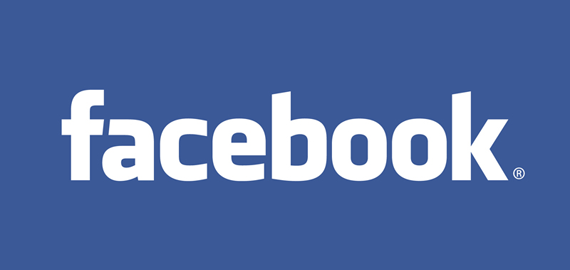May 22, 2011 at 8:30am ET by Danny Sullivan
 Earlier this month, I wrote about how the promise of Facebook traffic has enticed millions of sites to use Facebook Like buttons and other Facebook social plugins. But does following Facebook’s socialist agenda really pay off? How about some numbers, courtesy of Facebook?
Earlier this month, I wrote about how the promise of Facebook traffic has enticed millions of sites to use Facebook Like buttons and other Facebook social plugins. But does following Facebook’s socialist agenda really pay off? How about some numbers, courtesy of Facebook?Facebook provided me with the figures below from when I was working on my earlier article, Has Facebook Become The Master Key To Unlocking The Web?
Since the figures are from Facebook, you do have to take them with a grain of salt. However, there are plenty of third party sources that also report how making use of Facebook’s social features can be a traffic booster.
On with the stats!
Media Stats
Here’s what Facebook says about media sites using Like buttons and other social plugins:
- The average media site integrated with Facebook has seen a 300% increase in referral traffic.
- People who sign in with Facebook at The Huffington Post view 22% more pages and spend 8 minutes longer than the average reader .
- Users coming to the NHL.com from Facebook spend 85% more time, read 90% more articles and watch 85% more videos than a non-connected user.
- ABCNews.com, Washington Post and The Huffington Post are said to have more than doubled their referral traffic from Facebook since adding social plugins.
Commerce Stats
About commerce sites and Facebook social plugins, the Facebook reports:
- Levi’s saw a 40 times increase in traffic after implementing the Like button in April 2010 and has maintained those levels since.
- Outdoor sporting goods retailer Giantnerd.com saw a 100% increase revenue from Facebook within two weeks of adding the Like button.
- American Eagle added the Like button next to every product on their site and found Facebook referred visitors spent an average of 57% more money than non-Facebook referred visitors
- Children’s clothing retailer Tea Collection added the Like button to sale merchandise and saw daily revenues increase 10 times.
- ShoeDazzle added the Like button to all of the products on its site and within the first month had thousands of likes for its top products.
- ShoeDazzle also lets people login to its site using Facebook, and Facebook-connected users were 50% more likely to make repeat purchases every month than average shoppers.
- When a Ticketmaster user posts a specific event they are attending, or may want to attend, to Facebook, it generates $5.30 of direct ticket sales
- Eventbrite reports that a link shared on Facebook is worth $2.52 in ticket sales (see alsohere and here)
Making “Like” More Likeable
Facebook says Like buttons get 3 to 5 times more clicks if:
- Versions that show thumbnails of friends are used.
- They allow people to add comments.
- If they appear at both the top and bottom of articles.
- If they appear near visual content like videos or graphics.
Metacafe Puts Like Up Top
For example, Facebook says that video site Metacafe placed a Like button above its videos, in addition to being below, as the arrows point to in this screenshot:
After doing this, use of the Like button and traffic from Facebook increased. Facebook reports that:
- The number of daily likes more than tripled, going from an average of 2,000 likes per day to over 7,000 likes.
- Daily referral traffic from Facebook to Metacafe doubled, going from about 60,00 to 120,000.
- Total Facebook actions (likes, shares, comments) rose to 20,000 per day.
Metacafe has a bit more in slides it posted here.
More Tips From Buddy Media
Since Facebook was handing out Facebook optimization tips, I thought it was also worthwhile to point out a fairly recent white paper from Facebook marketing platform Buddy Media.
Called “Facebook’s EdgeRank: How to Make Sure You’re in the News Feed,” it’s a free download from here and suggests these tips, in summary:
- Ask questions on your Facebook fan page (“Would?” gets the most engagement)
- Post games and trivia
- Interact with fans
- Use wall “sapplets” — coupons, polls & other out-of-the-ordinary posts
- Use relevant photos
- Relate to current events
- Incorporate videos
- Post time-sensitive content
- Post links
- Be explicit in posts
The full report has lots of real life examples and accounts of how various changes drove traffic or engagement.
Coming up next, a close-up look at the day in the life of Search Engine Land on Facebook. All those Like buttons but only 22 clicks? And how there’s a wealth of data in Facebook’s own statistical tools, but they might not show you everything.


No comments:
Post a Comment